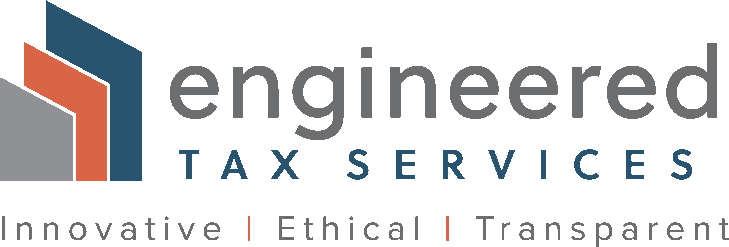People don’t typically think of software enabling companies when they think of banks, retailers, brokers, insurance companies, hedge funds, and financial service companies. However, many of these companies have large IT departments that are developing software for their own operations. That development can qualify for a very significant tax incentive – the Research and Development (R&D) Tax Credit.

However, there are two typical situations when the software developed for a company would not need to be considered innovative in order to qualify for the R&D tax credit. First, when the software is developed to facilitate the viability of business interactions with third parties, such as executing banking transactions or tracking deliveries. And, second, when the software is developed to function as a software portal that enables third parties to execute actions on its software system (think of a functional website or an app on your phone). Since these types of software do not need to meet the innovation test (although, some likely would in any event), their development would very likely qualify for the R&D tax credit.
Examples of Such Software:
- Mobile Banks - Mobile technology has opened banking institutions to this new trend. Branchless banks and mobile banking services are gaining space. They all charge minimal fees and offer simplified solutions for payments. The mobile bank is designed for on-the-go-users, and is designed to provide many of the features of traditional banking via smartphones at a low cost.
- Mobile Payments (P2P) - Apps like PayPal and Venmo, for example, allow users to exchange payments with people in their social circles via a smartphone. With just the link of a bankcard transactions can happen overnight.
- Business Apps for Finance and Accounting - These apps help to streamline financial tasks, including payroll and taxes, for businesses. They can also give business owners a better picture of their company’s financial health.
- Mobile Imaging Technology - Depositing checks is an appealing function of mobile banking. Instead of going all the way to a bank branch or an ATM, customers can easily deposit their checks by simply snapping a photo of it. This feature has also expanded to mobile photo bill pay, which can be used with banks, financial institutions, and insurance agencies. Through just the snap of a picture, customers can add billing information to their accounts.
- Fully Functional and Engaging Websites - Many music sites offer a great service that challenges the user’s understanding through a creative blend of videos and animation. These websites have tools that are very engaging for the user.
- Music Websites - Many music sites offer a great service that challenges the user’s understanding through a creative blend of videos and animation. These websites have tools that are very engaging for the user.
- Retail Websites - Many retail websites have adopted the trend of using compelling visuals of their products. Users interact with simple, color-based backgrounds that are accompanied by strong typography help to keep the focus on exactly what the user came there to see.
- Design Websites - Designers take advantage of a fully engaging website experience for their viewers by showcasing their portfolios with strong photography and animations.




